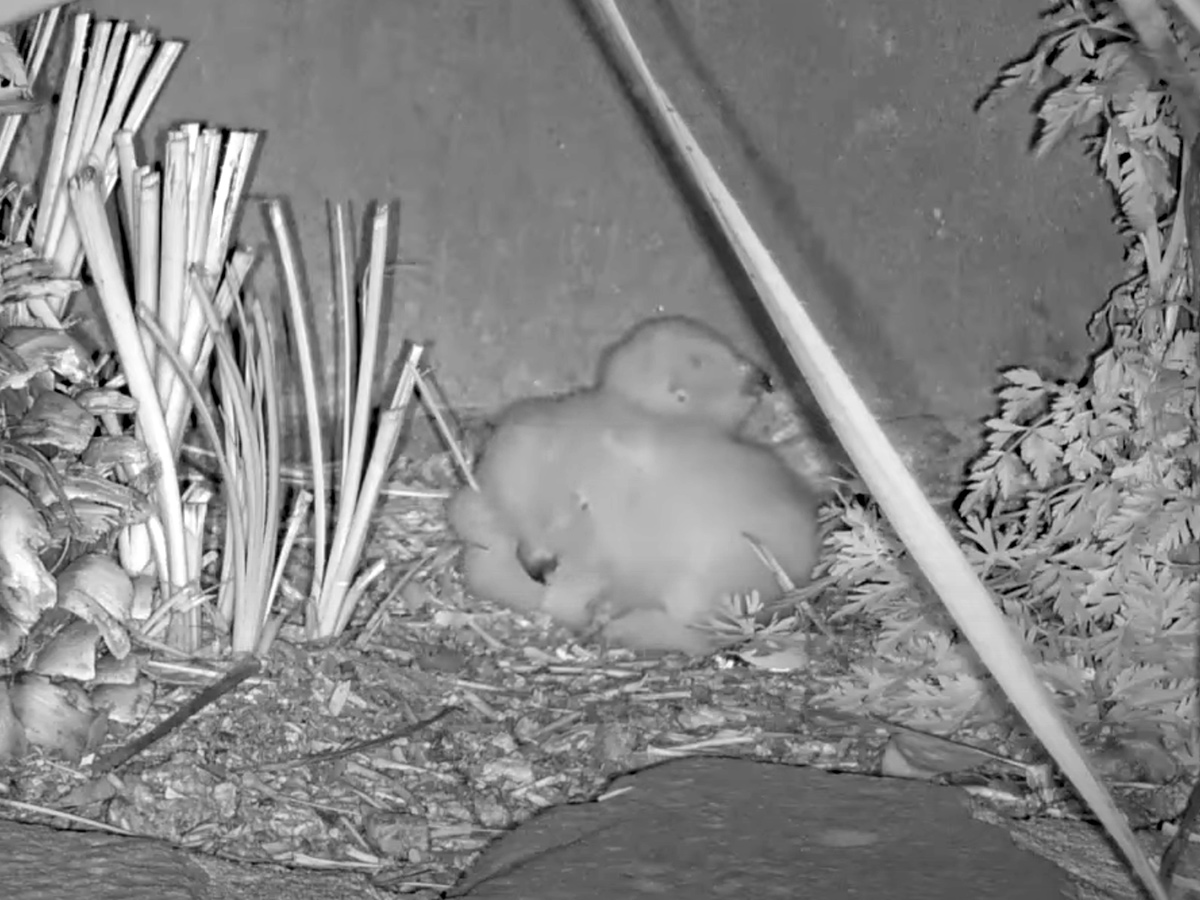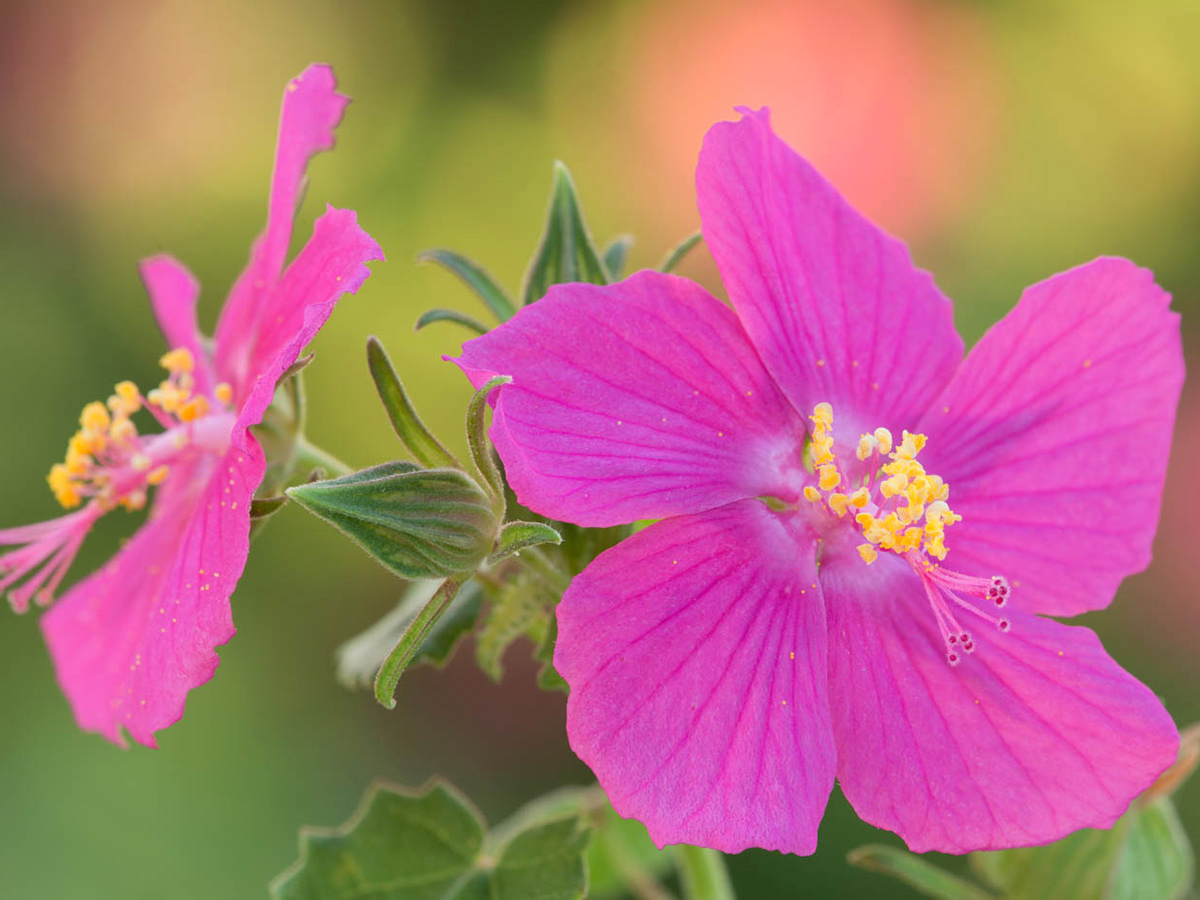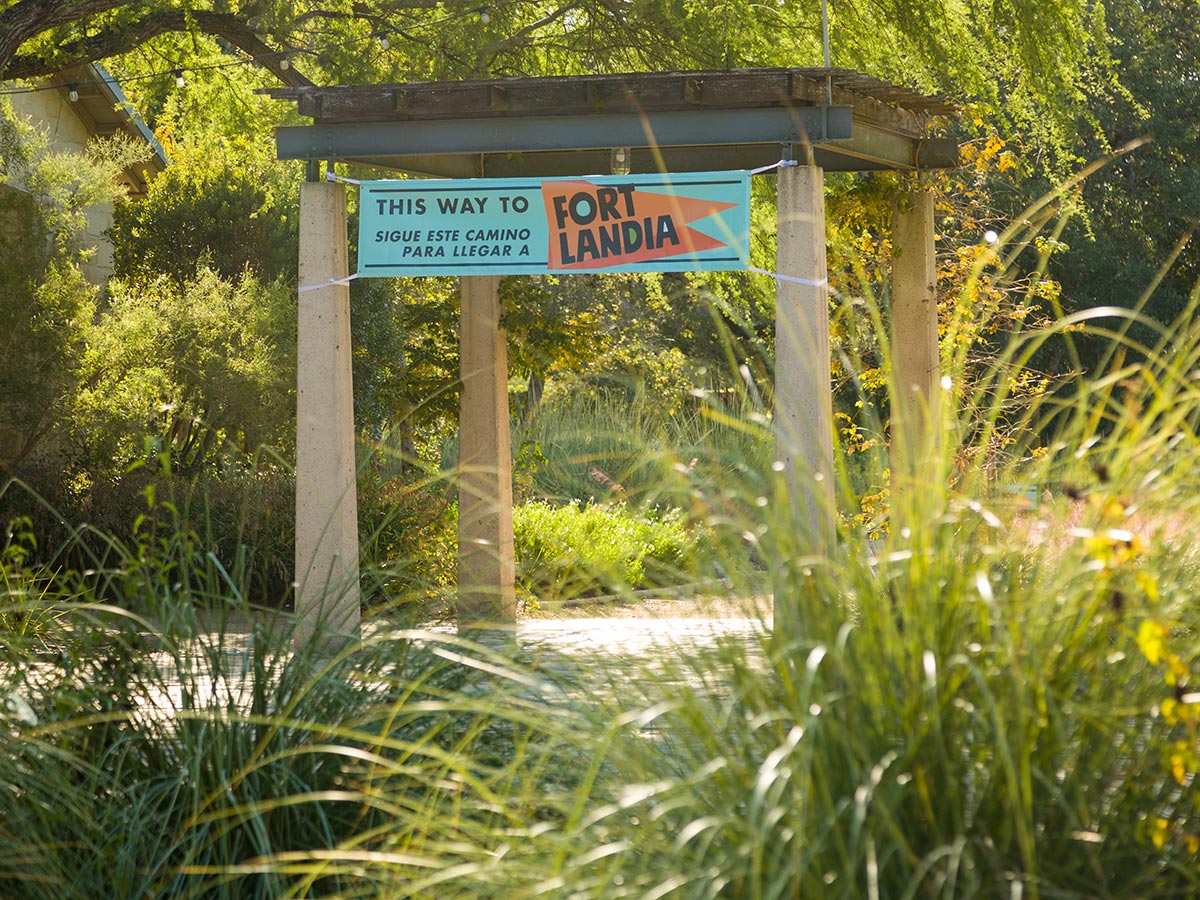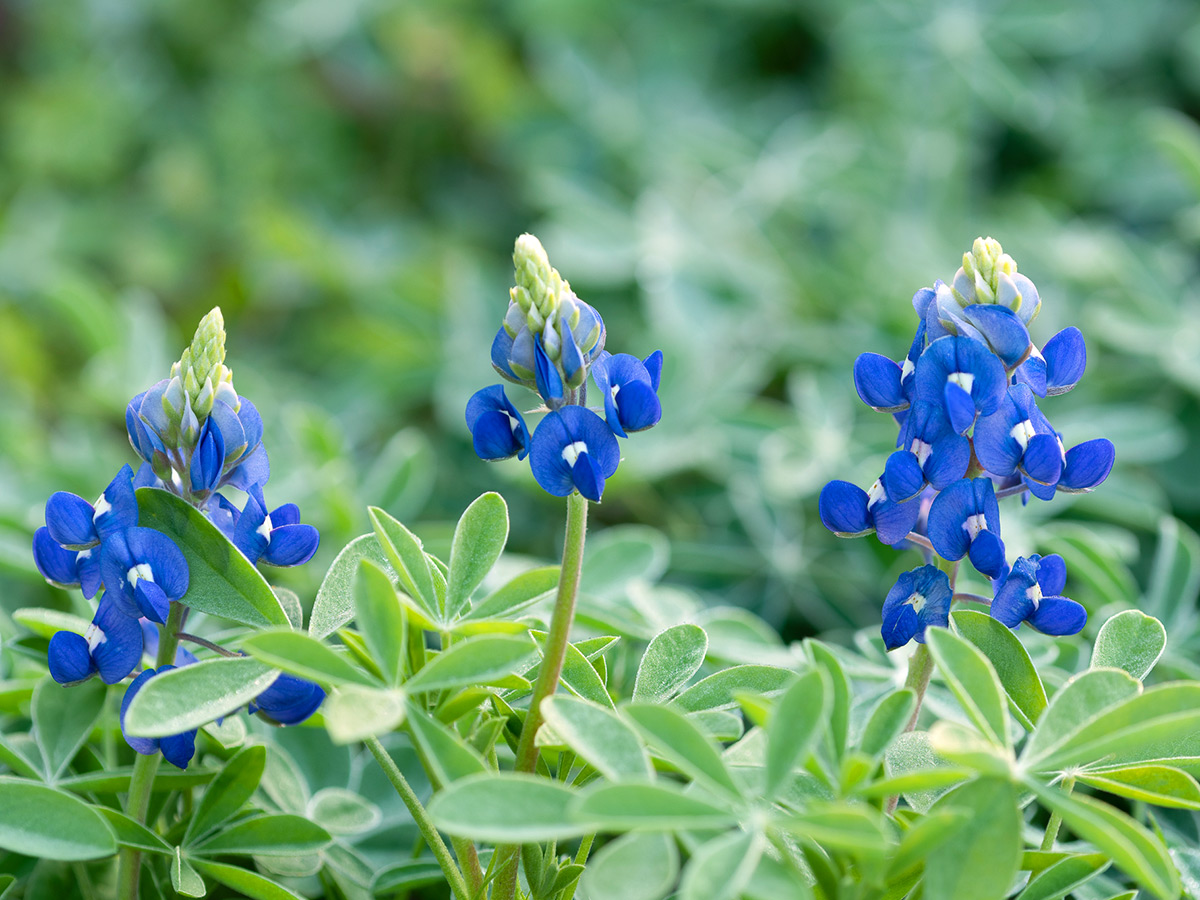PRESSROOM
Drought-stricken Juniper Concerns
For many in Central Texas, the loss of a tree that causes severe allergies (cedar fever) would seem like a blessing to all but the endangered golden-cheeked warbler that relies on it. But cedar trees and related junipers that dominate parts of the Texas Hill Country are bone dry, potentially raising wildfire risks and altering the region’s landscapes if they don’t recover.
Experts who track the moisture level of plants to predict wildfire behavior have found Ashe juniper (a Texas native, commonly called mountain cedar) with unusually low water content in the Austin area. The same “death by drying” trend may be happening west of Austin with redberry junipers in regions of Coke, Crockett, Edwards and Kimble County. Some reports suggest as much as 30 percent of juniper trees in parts of those counties have lost their healthy green color and turned a dull shade of orange.
“With the record drought we’ve had statewide, ongoing high temperatures and cedar trees’ shallow roots, they could be significant tree death if rainfall doesn’t happen soon,” said Dr. Mark Simmons, who directs the Ecosystem Design Group at The University of Texas at Austin’s Lady Bird Johnson Wildflower Center.
Junipers aren’t alone in being affected by the drought. And when rare thunderstorms occur as happened in the Alpine area recently, juniper species are among the plants to quickly recover from dangerous fuel moisture loads below 70 percent. (A healthy tree can contain much more water than other chemicals by weight, such as a fuel moisture load of 200 percent).
However, oily resins present in evergreens such as junipers make them more flammable than most trees. And the moisture levels of some Ashe juniper and redberry juniper, which also causes cedar fever, have hit an all-time low, noted Simmons, who directs prescribed fires at the Wildflower Center to study their impact on juniper woodlands and other landscapes.
Combine the potential dieback with research that demonstrates much of the Texas Hill Country is turning into an Ashe juniper forest by university ecologist Dr. Norma Fowler and Simmons, and the concern becomes clear.
“A lot of professionals are keeping a close eye on how cedar trees, live oak and other plants are handling the drought in respect to fire risks,” Simmons said. “It’s just as important that the public understand how truly serious the risk of fire is so they respect statewide burn bans and take other precautions when they’re outdoors.”





